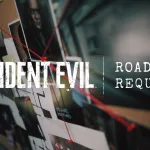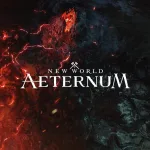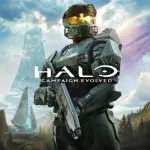Popular Tags
Breaking News
 Capcom wants you to be ready for Resident Evil Requiem
Capcom wants you to be ready for Resident Evil Requiem
 EA’s Q2 Dip Sets the Stage for a Historic $55B Private Takeover
EA’s Q2 Dip Sets the Stage for a Historic $55B Private Takeover
 The Final Chapter of New World: What the Nighthaven Update Means for Its Future
The Final Chapter of New World: What the Nighthaven Update Means for Its Future
 Halo Campaign Evolved is the first Halo made on Unreal and for Playstation
Halo Campaign Evolved is the first Halo made on Unreal and for Playstation
 Ubisoft wants to sell that everything’ s good at The Division while acknowledging new layoff round
Ubisoft wants to sell that everything’ s good at The Division while acknowledging new layoff round